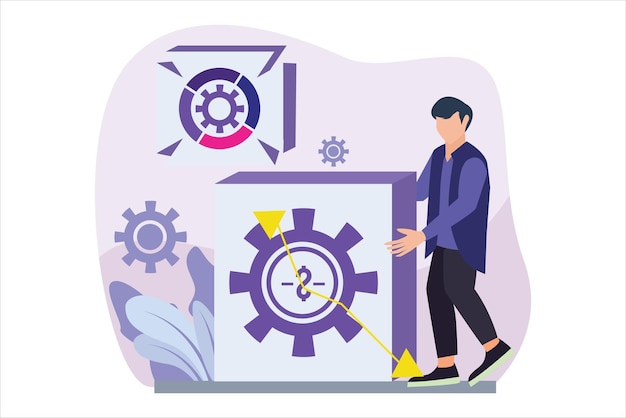The COVID-19 pandemic triggered a monumental shift to remote work. With so many employees working from home, companies need to rethink data security for this new era of dispersed teams and increased reliance on home networks. While remote work is here to stay, the people at Hillstone Networks say that emerging cybersecurity technologies like Zero Trust network access (ZTNA) offer hope for keeping confidential business information secure.
The Risks of Remote Access
Enabling widespread remote access to company data introduces risks. Employees use personal, often unsecured Wi-Fi networks at home, making it easier for hackers to intercept login credentials and sensitive information. IT teams also struggle to enforce security protocols on devices outside the office. Expanding access through VPNs gives more entry points for cyberattacks. Without rigorous access controls, remote work arrangements could lead to increased data breaches.
Limiting Access with Zero Trust Model
The zero trust model improves remote access security by only granting conditional, restricted access to authorized users. ZTNA platforms verify user identities and configure access to only specific applications. So if a hacker stole login credentials, they would still not have unlimited access to the full network. Implementing least privileged access means companies limit damage from stolen credentials or other breaches.
Using Context to Determine Access Rights
Identity verification alone doesn’t fully address security risks though. ZTNA leverages contextual data to adapt access privileges based on user behavior and vulnerabilities. If someone tries logging in from an unusual location or device, ZTNA tools can step up authentication requirements or restrict permissions until identities get reconfirmed. Limiting sessions to one app at a time based on context prevents malware from spreading internally.
Securing All Connection Channels
Remote users may employ various methods such as VPNs, cloud apps and endpoints for logging into corporate environments. While keeping confidential data off endpoints bolsters security, businesses need to secure all remote access channels. ZTNA platforms deploy consistent authentication, encryption and monitoring across VPN and cloud access tools. Some even sandbox high risk apps like email and web browsers. Securing every access vector and implementing centralized security policies allows IT teams to ensure uniform protection of company information.
Empowering Secure Collaboration
Simply locking down data access would limit remote teams’ ability to collaborate and innovate. ZTNA tools allow secure sharing of confidential information across company and geographic boundaries. Setting information rights at a granular level ensures remote team members only access necessary data. Activity monitoring deters unauthorized information leaks while allowing people to work closely through cloud collaboration apps. Frictionless encrypted access, detailed activity audit trails and identity-based authorization enable collaboration while also upholding rigorous data protection standards for remote workforces.
The Cloud Advantage
Legacy network security models operate on the assumption of a secure corporate perimeter, an outdated idea given remote work realities. Moving from legacy VPNs to cloud based ZTNA architecture simplifies deployment across many geographic regions. Cloud ZTNA establishes secure access layer by redirecting traffic through cloud proxy services instead of centralized gateways. This removes single chokepoint vulnerabilities of appliance-based VPNs. The scalable, flexible nature of cloud native ZTNA platforms equips companies to support data access for increasing numbers of remote users.
Conclusion
Remote work is the new normal for many companies, forcing them to innovate data security for an expanded, dispersed workforce. As hybrid work ecosystems evolve, the flexible architecture of cloud ZTNA not only secures today’s remote connections but also lays foundations for data protection in future enterprise models.
Rather than reacting to security gaps as issues emerge, companies must take a proactive and holistic approach from the ground up. Building cast iron IT security foundations before disasters happen is the best way forward.











